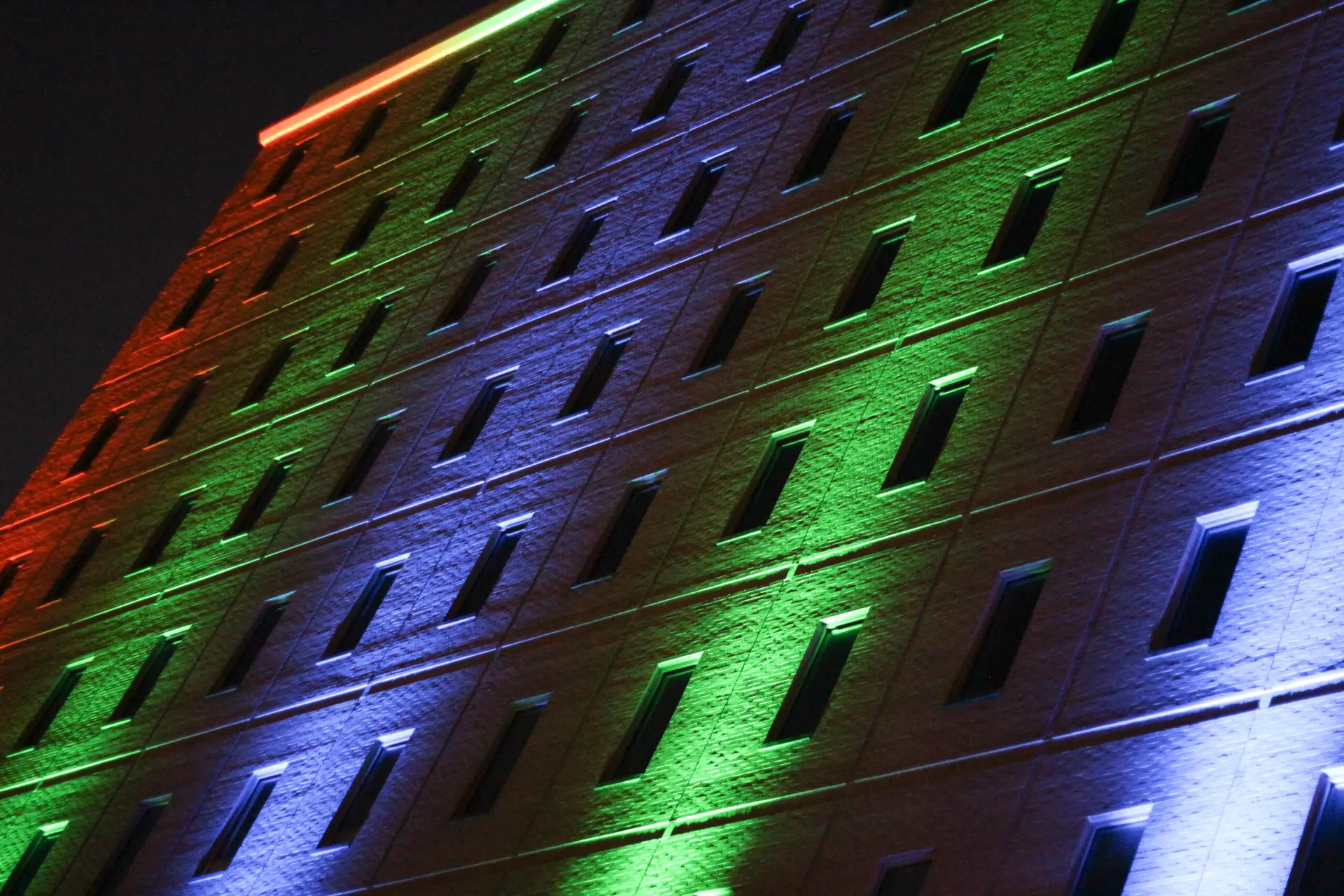
Where Should Solar Flood Lights be Placed?
Solar flood lights have emerged as a reliable, cost-efficient, and
Did you know that it has been a year since the Australian government endorsed the National Road Safety Strategy, and in this time, the number of road fatalities has risen by 4.1%?
According to a report outlining Australian car accident statistics and causes, this has been the largest increase in road incidents since 2018.
With thousands of families being affected by Australia’s worsening road toll, it is only natural to channel efforts into increasing road safety. One of the best ways to reduce the frequency of road accidents is to communicate better with drivers and pedestrians–an aspect that is easily and efficiently accomplished through road signs and pavement markings.
But what happens when it’s too dark (in tunnels, for instance) or when elements like rain or fog affect visibility? This is where solar road markers come to our rescue.
Unsure of how solar road markers can enhance road safety? Let’s take a look.
Simply put, solar road markers are road stud lights that work on solar energy. They are also called reflectors or cat’s eyes. Their primary function is to provide road users with information, such as when to speed up or slow down, and the placement of lane lines. They can also be used to separate traffic on single-carriageway two-way roads without physical dividers and to inform emergency personnel of the position of fire hydrants or other water-related supply lines.
The simple, resounding answer would be, yes. Absolutely!
When road markings can be seen clearly, despite low visibility situations, pedestrians and vehicle drivers are safer as they can see information that helps them understand what actions they should or shouldn’t be taking.
Till about 10-15 years ago, road users relied heavily on streetlights and floodlights to help them see road markings. However, with recent advancements in lighting technology, reflective lighting, including solar road markers have become a preferred method of communication. Whether used on or in conjunction with painted lane and road markings, arrows, kerb lines, raised pavement markers, rumble strips, directional and facility markings, traffic islands, median strips, etc. solar road markers reduce the risk of confusion and boost safety for all road users.
While the foremost benefit of using solar road markers is better visibility, there are other advantages as well. Here’s a closer look at some of the merits of using solar lights for signs.
Agreeably, streetlights do their job of illuminating roads. However, there are several downsides to conventional street lighting. Take, for instance, the amount of light that reaches the roadways. Studies have shown that as much as 70% of roadway lighting is wasted as it cannot be efficiently directed. Conventional street lighting, thus, contributes significantly to light pollution. Solar lights for signs and road markers, on the other hand, can be positioned more appropriately, thus limiting unnecessary light pollution.
Traditional street lighting is high maintenance as it requires electric cable connectivity. They’re also entirely dependent on power grids–any cuts or failure will result in drivers navigating roadways in the dark. Solar road markers, on the other hand, are off-grid and require no electric cable connectivity. As they’re easier to install and don’t require cabling, pole installation and trenching, solar lights for signs and road markers are low maintenance. They’re also highly sustainable.
Since solar power is harnessed to illuminate road markings and signs, electricity expense is eliminated. Considering how many hundreds of thousands of kilometres of roadways we currently have, the extensive use of solar road markers means tremendous savings in electricity.
Cleaner, greener, and more reliable than conventional lighting and their easy positioning and installation make solar road markers an innovative solution for enhancing road safety. The best part? They aren’t only used for roadways. You can use solar lights for signs and road markers anywhere–from pedestrian sidewalks to decks, docks and crosswalks to private roads and even warehouses.
So if you’re in search of lighting solutions, check out this range of solar road markers. Visible over 800 metres, and made from cast aluminium and polycarbonate construction, these extra-durable solar road markers will help you increase safety at your site, private road, warehouse or anywhere else you require.

Solar flood lights have emerged as a reliable, cost-efficient, and
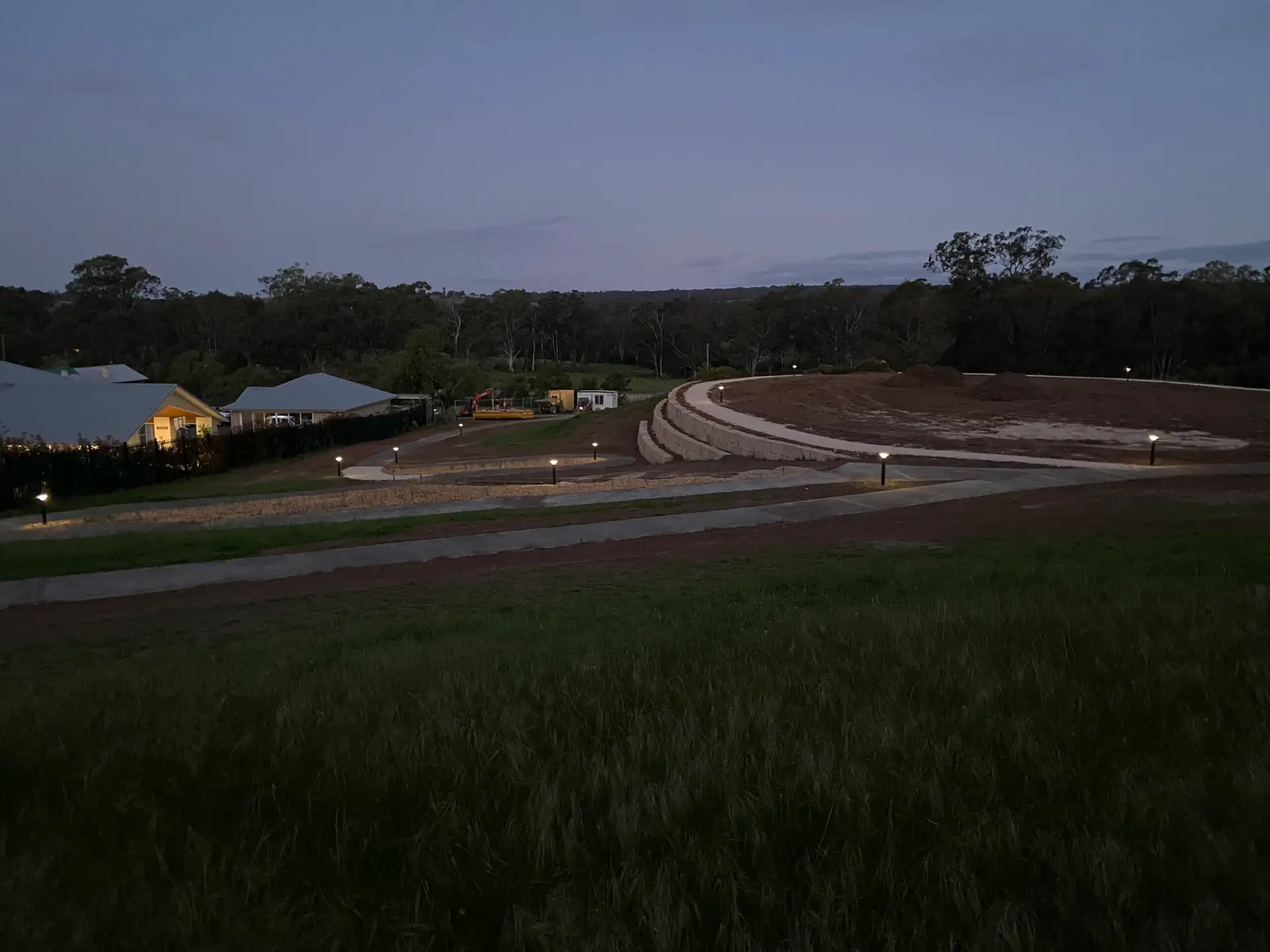
The Benefits of Solar Bollard Lights for Pathway and Landscape
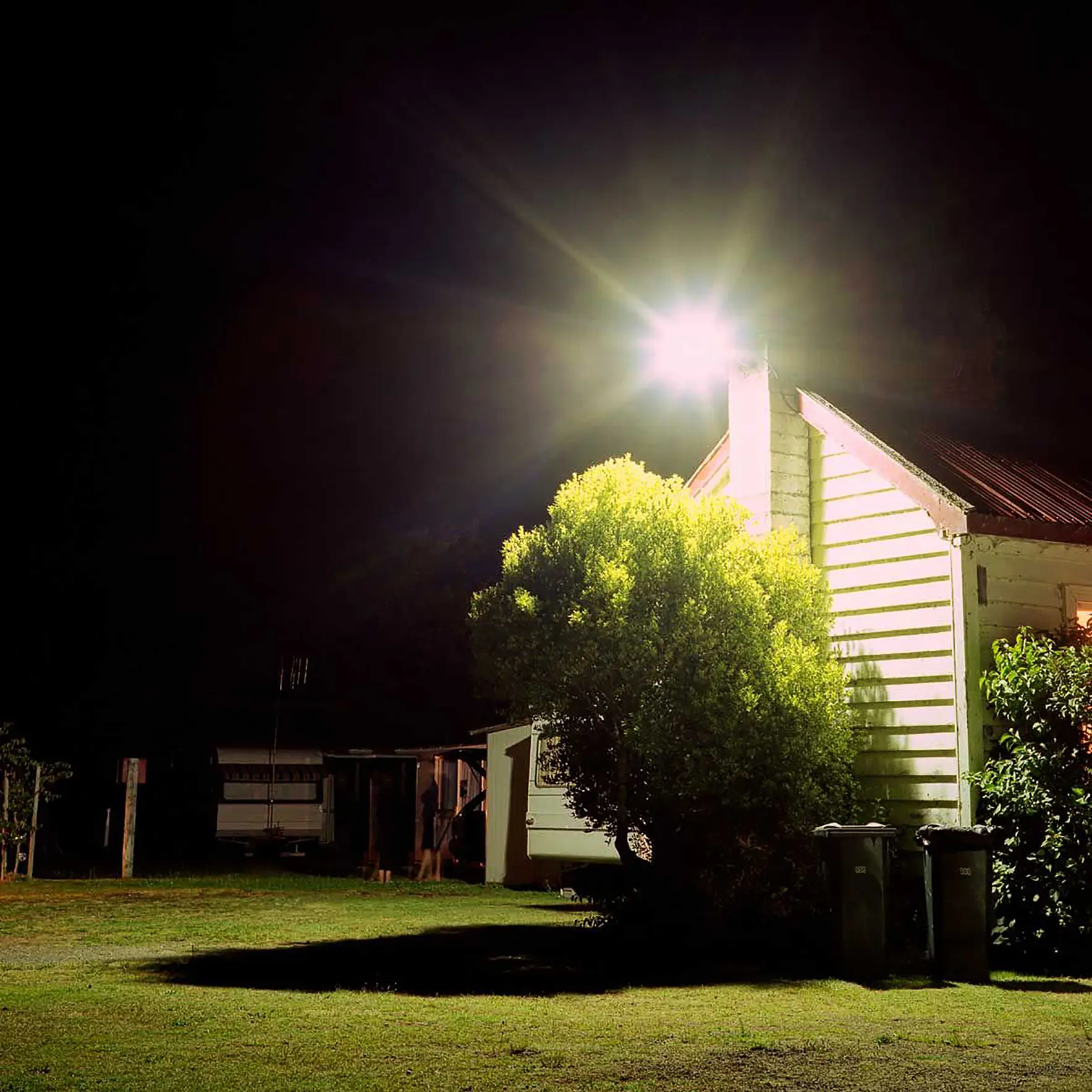
Do you want to illuminate the beauty of your garden
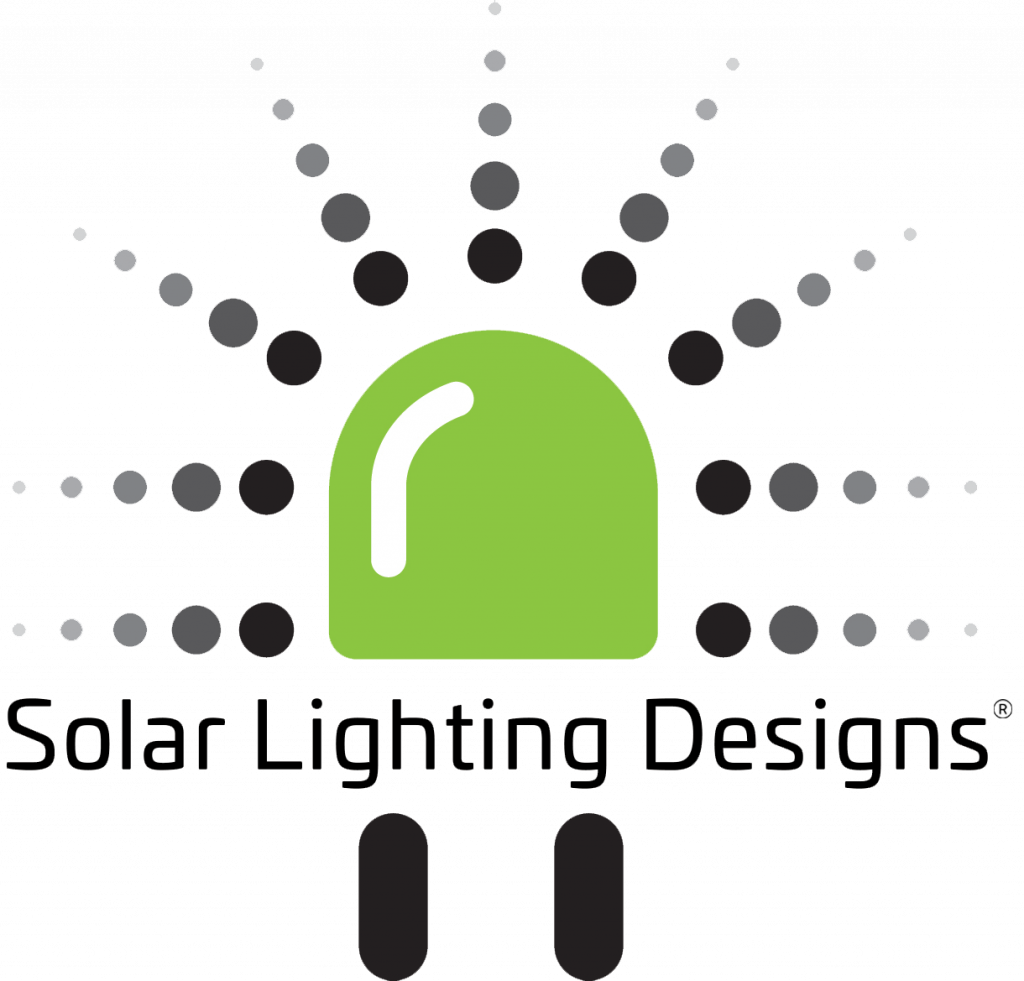
Solar Lighting Designs
22 , 5 Rai Drive
Crestmead QLD
4132
Solar Lighting Designs
Unit 1, 14 Stennett Road
Ingleburn NSW
2565
Solar Lighting Designs
2A Norlin Street,
Kewdale WA,
6105
SLD acknowledges and pays respect to the past, present and emerging Traditional Custodians and Elders of this nation and the continuation of cultural, spiritual and educational practices of Aboriginal and Torres Strait Islander peoples .
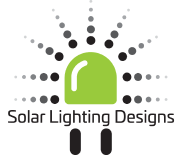
Solar Lighting Designs
22 , 5 Rai Drive
Crestmead QLD
4132
Solar Lighting Designs
Unit 1, 14 Stennett Road
Ingleburn NSW
2565
Solar Lighting Designs
2A Norlin Street,
Kewdale WA,
6105
SLD acknowledges and pays respect to the past, present and emerging Traditional Custodians and Elders of this nation and the continuation of cultural, spiritual and educational practices of Aboriginal and Torres Strait Islander peoples .